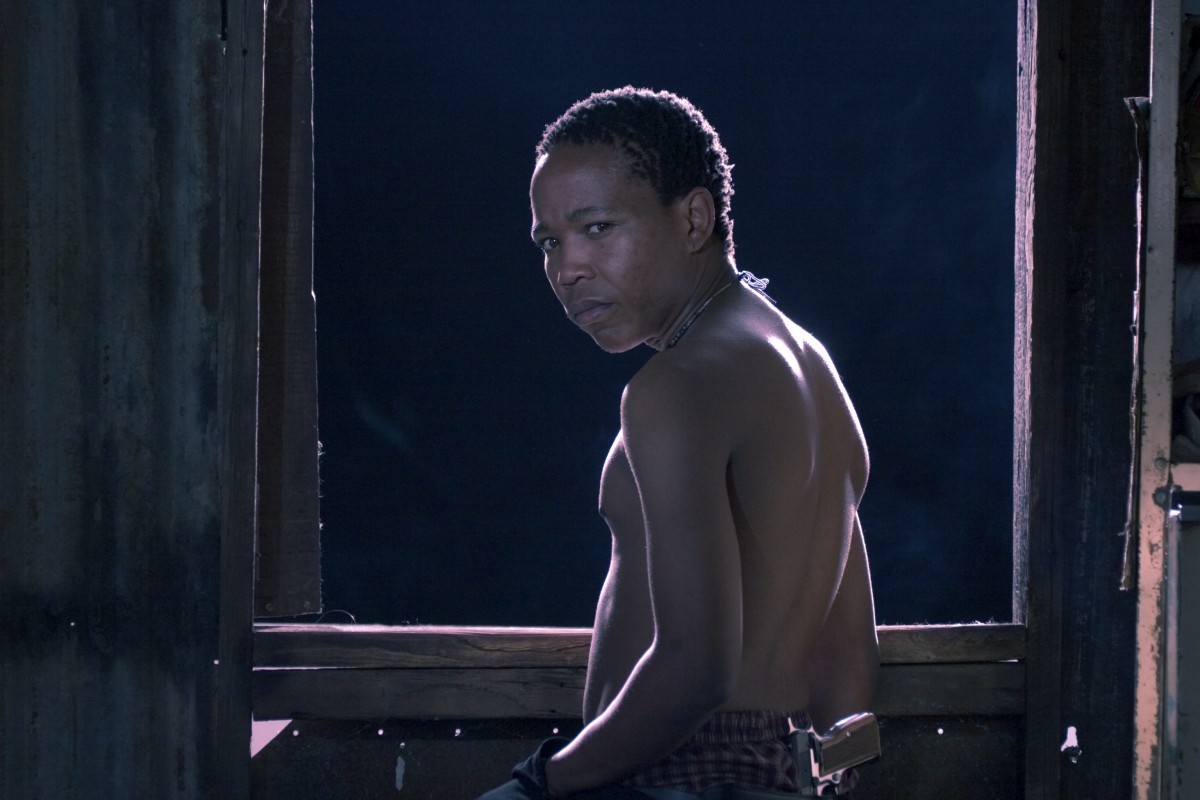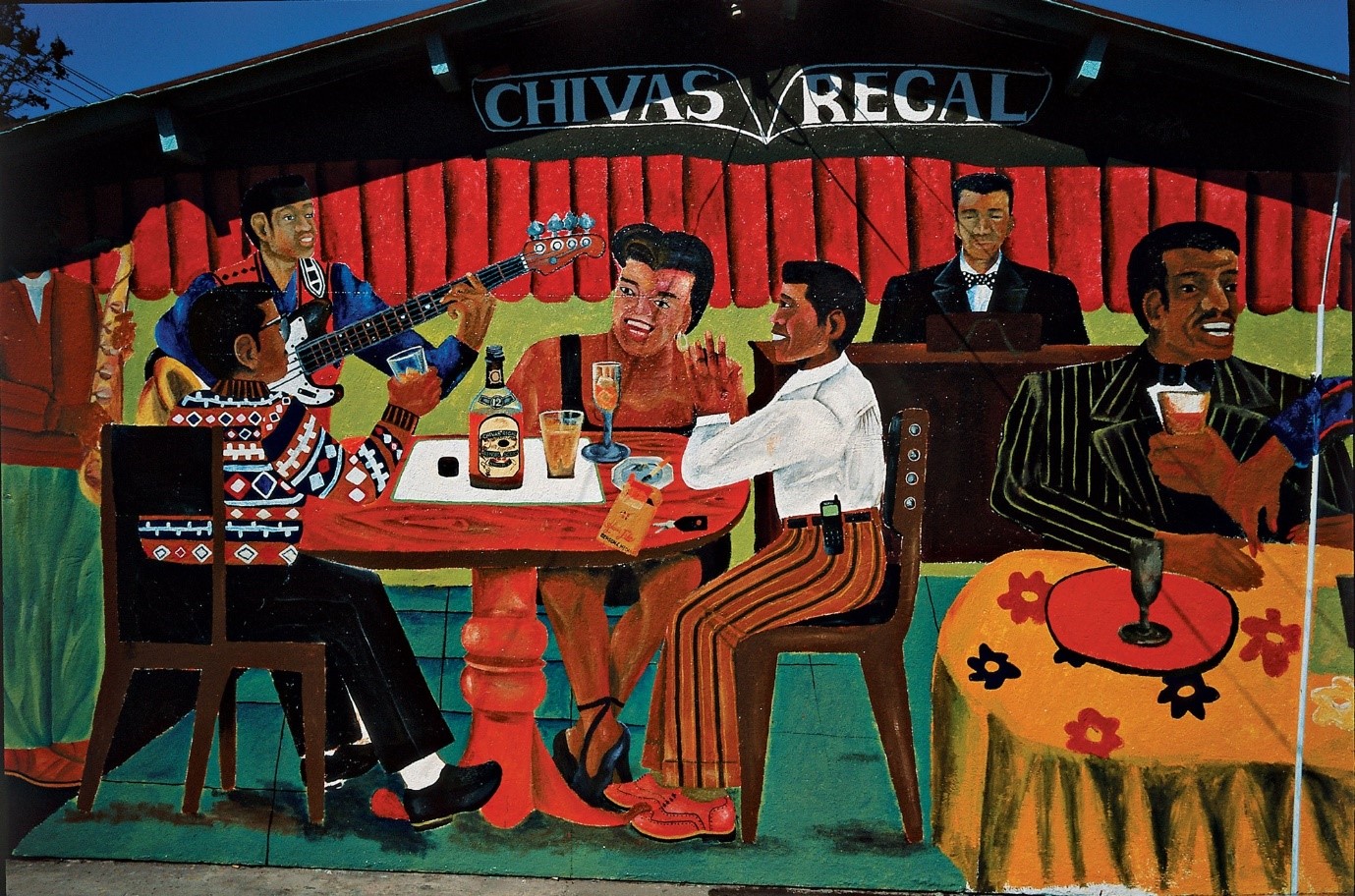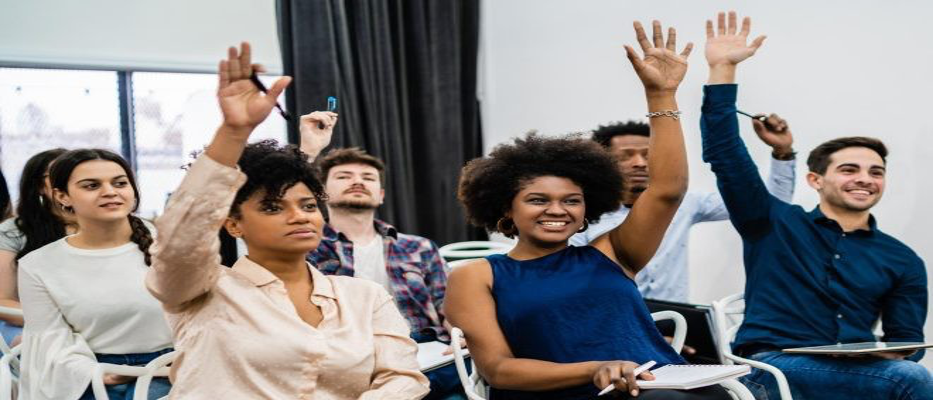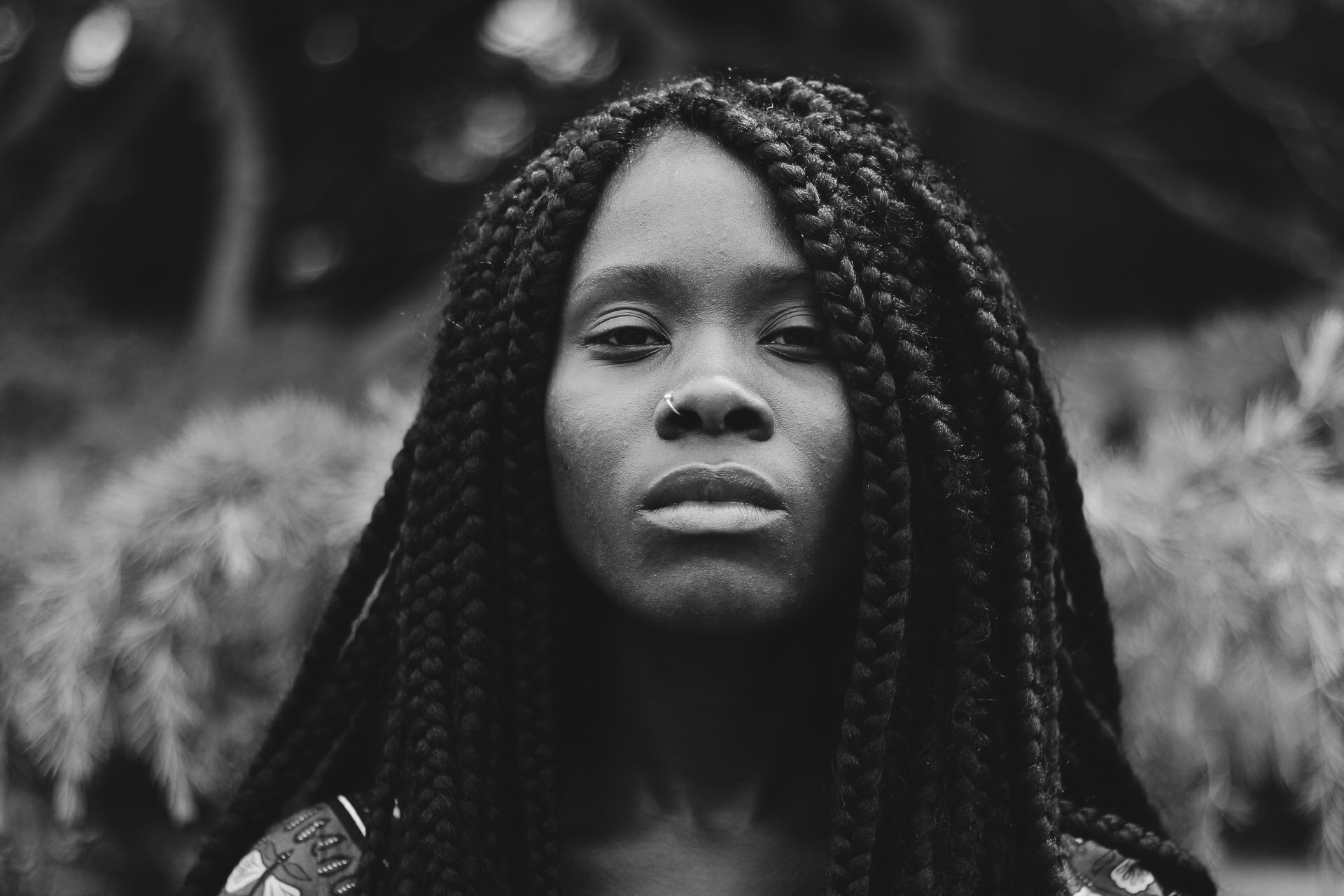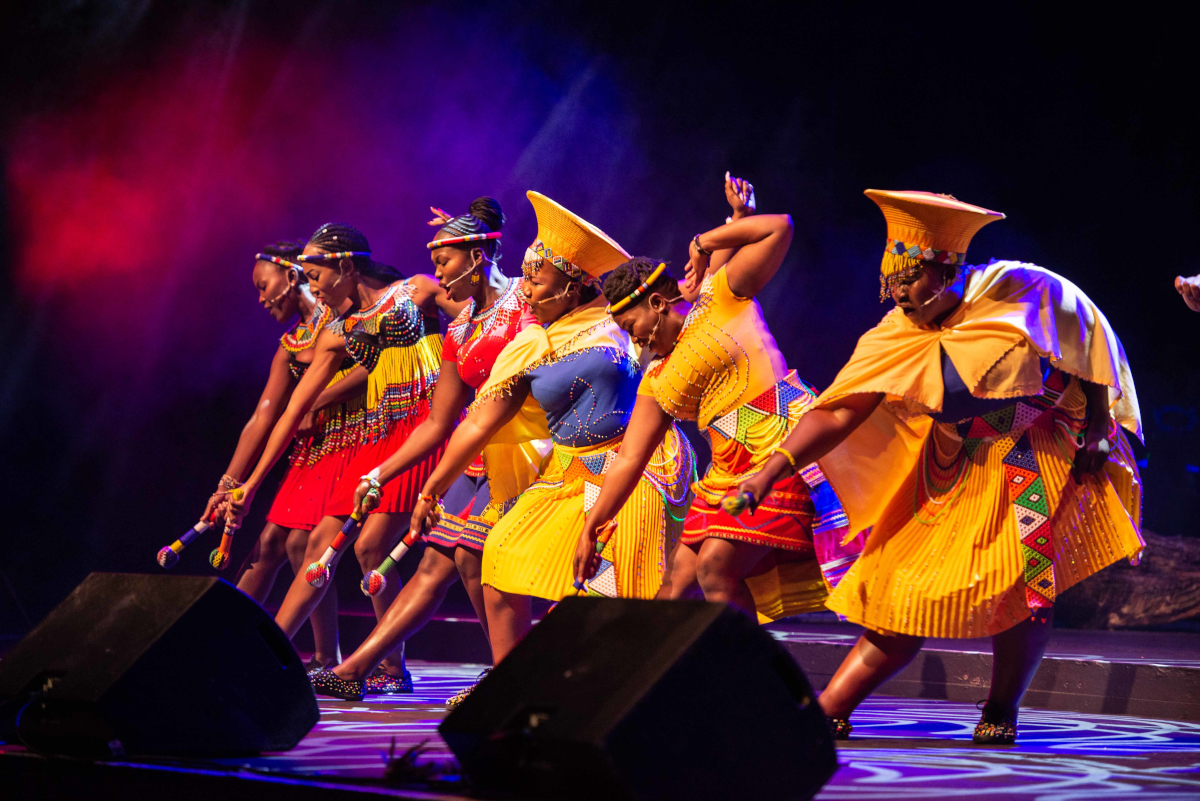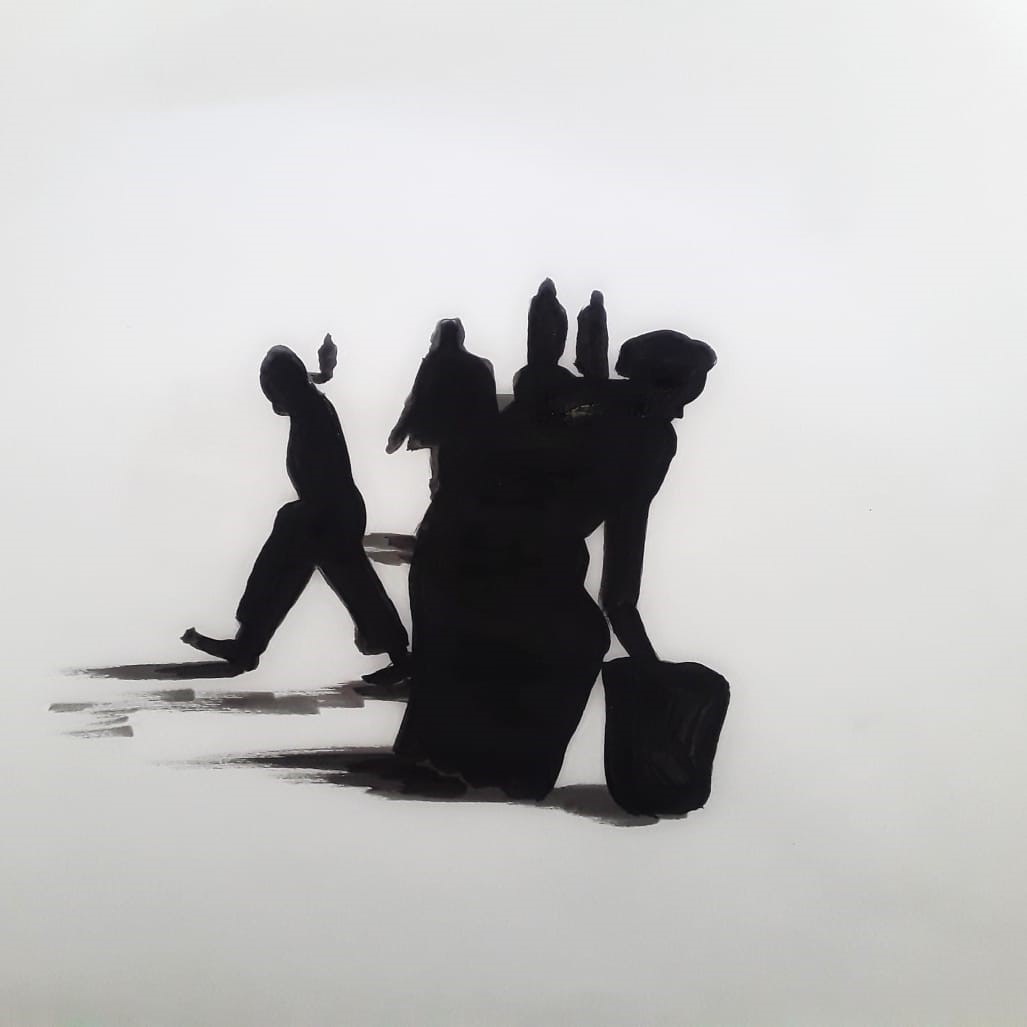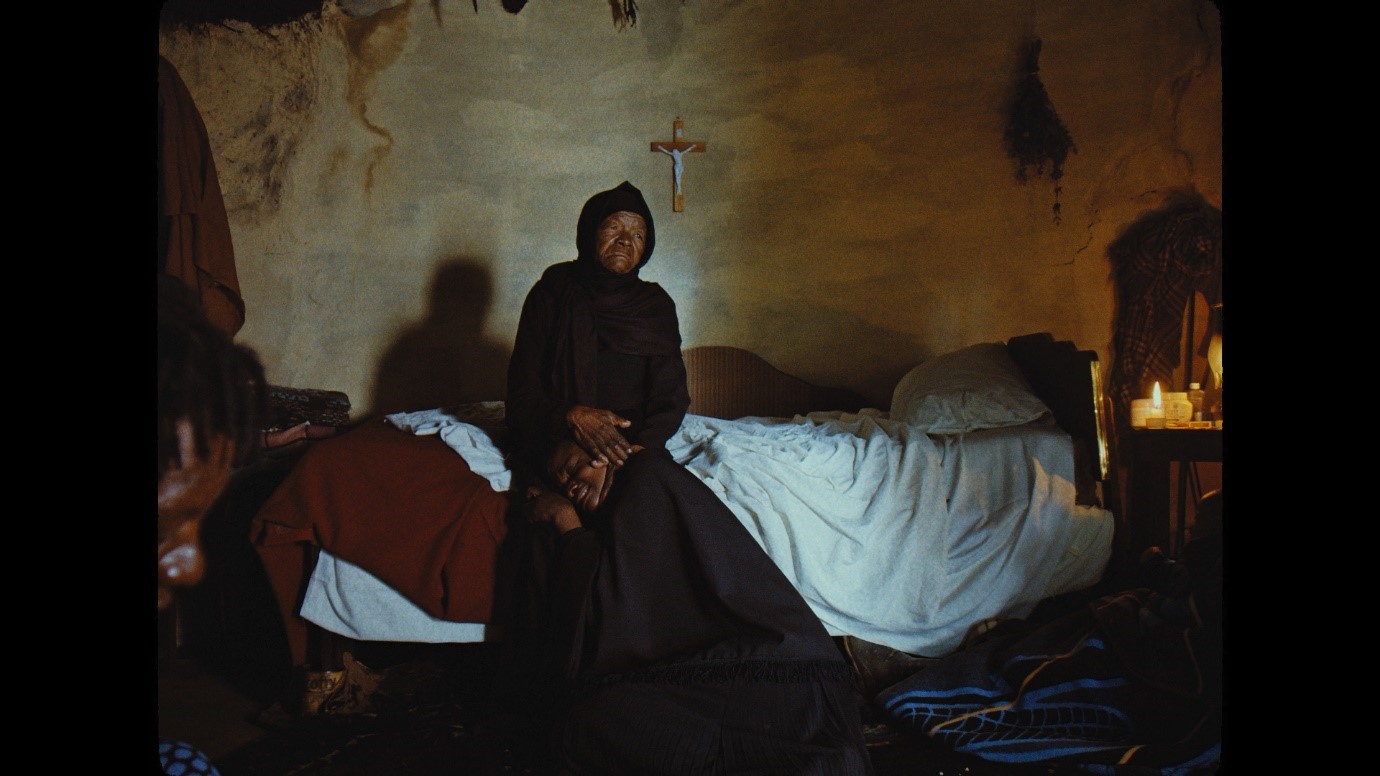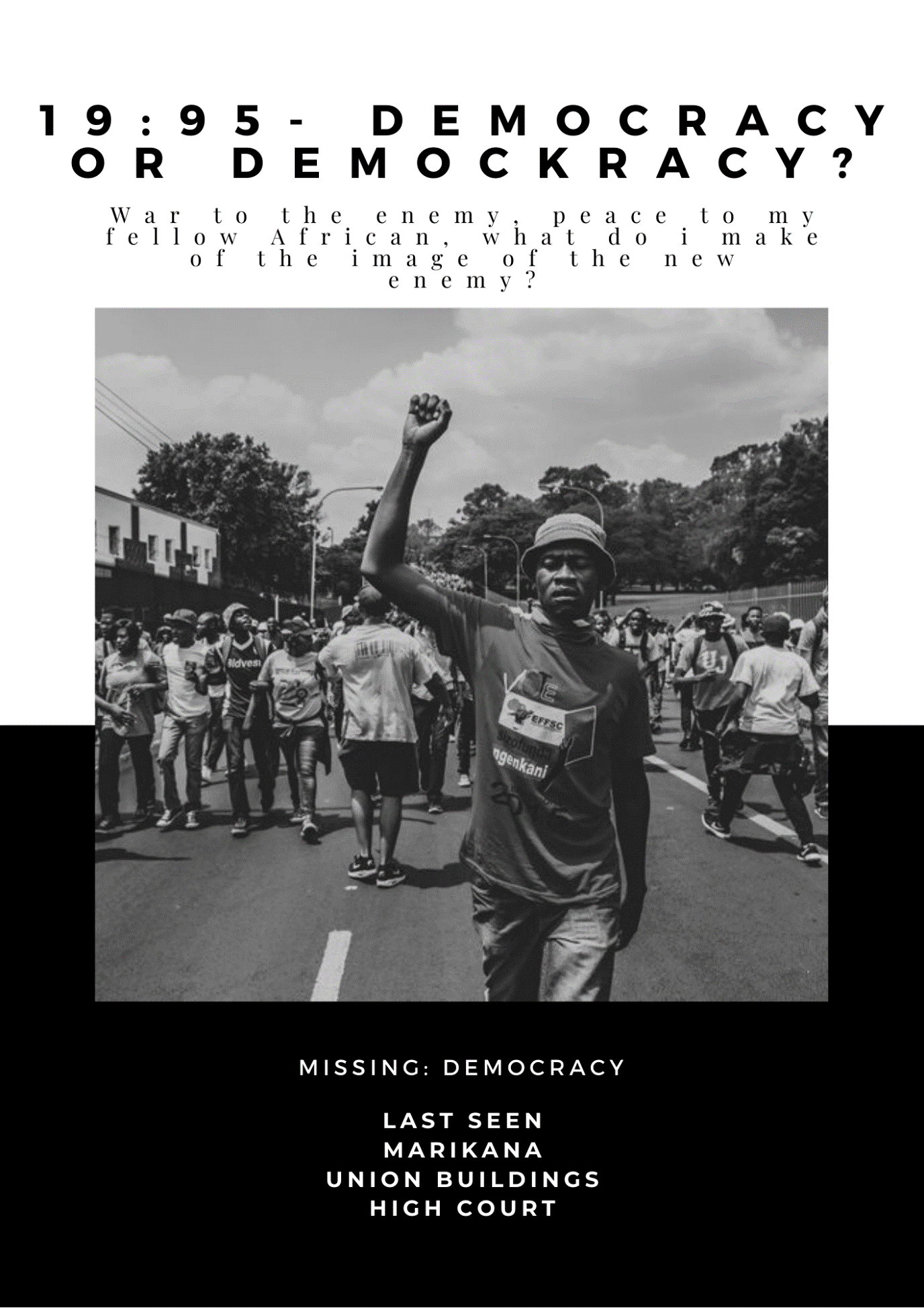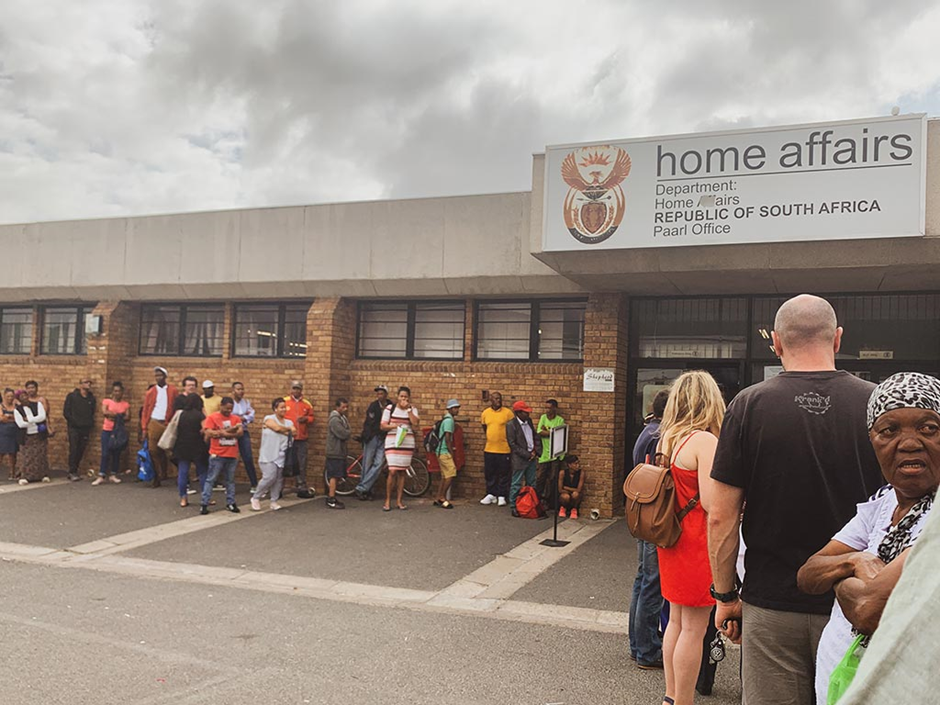With this article I’m aware that I will get kicked in the mouth because I am talking about the most feared species on earth, the Black man.
In one of many videos that were posted at the height of the anti-racism marches in the United States, there was a Black lady who said she refused to canonize (not her exact words) the slain George Floyd because he was a hardened criminal. That video attracted serious rebuke and criticism, but the lady was right indeed, George Floyd was criminal. In this case, the word ‘criminal’ has a dual meaning.
Firstly, when still alive George Floyd had a criminal record against his name. He served time in a Texas prison for aggravated robbery with a firearm before moving to Minnesota where he met his death. Like all young Black men in the US who lack education and job opportunities he was “becoming a career criminal”. This is something that is also quite common in South Africa where Black youth unemployment threatens to hit 60%.
Secondly, this is something I am always afraid to tell my three boys: George Floyd or Collins Khoza, like myself, carried an even heavier criminal record of being Black and male at the same time. This combination is least focused on when people discuss various topics ranging from slave trade and capitalism to crime and discrimination. When one is a Black male no one tells him when he is born that he’s forever like stolen goods: a perpetual crime.
The world of whiteness is terrified of a Black male for his strength, size and genes. Anyone who has met my brothers Zingisa Mavuso, Odirile Ramasodi, Wonderboy Peters, Mpilo Msiza, and my little boy Asanda Hadebe would understand why Black men are feared, their sheer size alone sends shivers down people’s spines...
One would swear that a Black male carries a crime or violence gene in him. This is quite confusing because he has committed least atrocities compared to white males throughout history: of all the statues that have been removed none of them is of a Black man. A Black man has been hunted and killed for his labour, and body. The world capitalist economy was built on the blood and sweat of this beast. Sugarcane fields in the Caribbean, farms in the US, maize fields in Brazil and deep mines in South Africa have one thing in common, a dehumanized Black man whose labour created wealth for white populations in Europe and elsewhere.
It doesn’t matter wherever you are, the identity or image of a Black male is criminalized. For anyone who has been to any international airport or gathering with many people of other races, particularly whites, the Black man is singulated and brutally profiled. It takes two times longer for migration officers in Zurich, Sao Paolo, Beijing or Johannesburg to process his passport because he is inherently criminal and troublesome. A Black man is like a hurricane, women and children have to be hidden where he is in the neighborhood.
The propaganda is so effective that the Black man even fears himself.
Nonetheless, the probabilities that a Black man will die in the hands of another Black man are quite high at 99.9%. And chances that he can reach the age of 45 diminish with each day that passes. Other problems like hard drugs and gangs make the life of a Black man most unenviable of all people living in places such as the Cape Flats or Mshayazafe and Thembisa hostels. Taxi violence, drunkenness and reckless lifestyles simply add to the extermination of Black men and boys.
A Black man is terrified of his fellow brother. Looking at the treatment of the taxi industry which is threatened with soldiers, one understands that this cannot be done to white males who use their deep pocket to challenge lockdown regulations in courts. No soldier was ever placed at the door in court to prevent a white male from exercising his rights - some would argue that they break no law unlike taxi operators. Of cause, people disregard that a Black man continues to be a victim of the legal system that automatically prevents him from accessing justice because he is poor.
But what is more concerning are stereotypes and assumptions about Black men that society in general carry.
Even after going through this article very few people will agree to do some introspection. Everyone may not be aware that what they are doing contributes to centuries-old stereotypes about Black men. That goes for “scientific researches” and other campaigns including GBV. One may be raising good points but it is always difficult to separate stereotyping from fact. This is like racism; a person may be unaware of the damage his actions are causing. It is only through education that he may be able to understand that his actions are harmful.
To illustrate how stereotyping works in practice, words and common sayings create a problem, and we use them without realizing that they are harmful. Phrases like “Nigerians bring us drugs” or “tsotsi” perfectly describe how a Black man is viewed wherever he goes. Athol Fugard’s book and Gavin Hood’s movie ‘Tsotsi’ (2005), which starred Presley Chweneyagae and Terry Pheto, sought to replay an image of a Black man as imagined by whites during apartheid and colonial times.
Early development of urbanization in South Africa led to a huge influx by young Black males into the cities and towns. In the 1930s, according to Clive Glaser, there was “massive youth unemployment, grossly inadequate schooling and creation facilities, unstable family units and severe overcrowding in the townships”. The outcome of this was a subculture which had “its own distinctive codes of dressing, language, entertainment and criminality”.
Owing to the difficult life and treatment from white authorities, these men had to find ways to survive. Actions of these young men would eventually get them onto the wrong side of the law. In a racist fashion the emergence of this group was to forever define the caricature of a young Black man, otherwise known as a tsotsi. In his paper ‘The mark of Zorro: sexuality and gender relations in the Tsotsi subculture on the Witwatersrand, 1940 - 1960’ (1992), Glaser confirms that the term ‘tsotsi’ came into being throughout the 1940s to “describe an urban subculture made up of black, predominately working class young male”.
Informalised usage of the term fell under the broad ‘swaartgevaar’ discourses that white governments peddled to instill fear and outright monsterization of a Black man, especially in the suburbs where white girls lived. It carried negative connotations of violence, rape, backwardness, illiteracy, etc. An old English lexicon described a tsotsi as “a black man who carries an okapi knife”. And up to this day, the MacMillan dictionary defines a tsotsi as “a criminal, often one who comes from a Black township”. All the traits mentioned earlier were later transferred to define a Black man in general.
Since 1994, a Black man has a few gains. He is not only better educated and swelling professional classes in society, but it is still difficult for him to shake off the image of a thug. When driving on the N1 highway linking Pretoria and Johannesburg, a white female driver in an old, tattered little Toyota Tazz would instinctively close windows of her car in fear of the ‘tsotsi’ who drives a BMW 5 series. This means that it doesn’t matter what position a Black man holds in society he remains a tsotsi and dangerous.
Sometimes it is quite difficult to discern if criticism of a Black politician is genuine or it is an expression of subconscious perceptions about Blacks in general, and Black males in particular. This doesn’t only apply to whites but also to members of the Black population who have internalized certain stereotypes as their reality. Failures have a Black face; it is impossible to escape this in a country that has lived in racism for over four hundred years.
There’s a famous Setswana saying that says ‘setlhare sa motho o montsho ke lekgowa’. This simple phrasing explains deep psychological issues in the mind of a Black person about himself, and how whiteness has continuously shaped his perception about himself, whites and all that goes on around him. Unfortunately, the more Blacks fumble in government and elsewhere, these stereotypes get confirmed as correct while they are not.
Also the instances of sexual assault, violence and crimes continue to push the Black man to the bottom of the food chain. He is a savage who cannot be trusted and who cannot protect women and children. It is a pity that the hundred years of humiliation and scars he carries don’t show, but only his frustration and reaction are inadvertently misconstrued as his inborn character. As the head of the family, the Black man is also no longer relevant with the changed social structures, high unemployment and social grants. The traditional provider wanders in the streets after spending many years digging gold in the mines whose financial proceeds he never got to see.
Television and mainstream ideas, including the fight against gender-based violence, unnecessarily perpetuate a stereotype of a Black man. He is not only feared but he is derided as someone who resorts to violence at the slightest provocation. This view was already established before a tsotsi became an entity with a life of its own. For example, Mahatma Gandhi had campaigned against putting Indians with Africans
Also, the portrayal of a so-called Nigerian drug dealer is that of a tall, dark, strong but violent African who is a criminal and also who knows no boundaries. Although this description seems befitting to the guys in Sunnyside or Hillbrow, it also applies to any Black male in South African streets and beyond.
Even the honest GBV campaign has extreme racist undertones against a Black male. Groups such as the #MenAreTrash and #NotInMyName have noble intentions of highlighting the plight of women and also try hard to bring the issues of sexual assault to the fore. However, as with everything else there is a downside to their slogans that further erode the little that remains of a Black man’s dignity. All the marches are never directed at Steven Kosseff or John Steenhuisen: a white male is loving and a Christian with strong family values. So, his impeccably good name cannot be mentioned alongside barbarians.
Admittedly, the majority of crimes including those directed at women are committed by Black men. These many campaigns, which are funded by Big Capital (large companies, white NGOs and banks), carry hidden attitudes and stereotypes about Black men. It is impossible for the campaigns to be directed at white men in dark suites in posh offices in Sandton. A white has money which he uses to create a good image of himself, unlike a taxi driver or a hostel dweller whose default setting is poverty and rudeness.
It is also no secret that South African society doesn’t seriously take cases of homicide (especially against Black men) in spite of the fact that they constitute over 85% of murders and all violent crimes in the country. The normalization of Black male death and imprisonment are living proof of how society generally feels about Black men. Almost everyone says it is fine when Black men kill one another with guns in Mitchell’s Plein and KwaMashu.
If Thomas Malthus and fellow eugenics were to witness what is happening in South Africa when it comes to Black males, they would be very proud. Guns, drugs and other incentives could be sponsored to speed up self-destruction by Black men who die at a much faster pace than any other population sub- groups in the country where they continue to be neglected in hostels, taxi ranks and violent streets.
A young Black male between 18 and 35 is more likely to die from unnatural causes than anyone else. It is this age group that makes up a large percentage of the prison population. At more tertiary levels, Black males suffer from serious mental health problems. When he commits suicide or kills his loved ones, his actions are simplified as “what would you expect from him anyway?” That goes for crocodile tears expressed by UCT following the death of Professor Bongani Mayosi (Bhungane!) - no one gets it. Irrespective of level in society a Black man is doomed.
It is a great pity that a Black-led democratic dispensation has not conducted a large scale investigation into Black poverty and how it has turned him into a father who eats his children. In 1932, the white colonial government in cooperation with Americans produced ‘The Poor White Problem in South Africa: Report of the Carnegie Commission’, which studied poverty among white South Africans. The motivation for the investigation were fears that “if the Bantu were given full economic opportunity, the more competent among them would soon outstrip the less competent whites”.
That is how whites were protected and cushioned from Black competition, and these policies still apply to the present conditions. At more or less the same time when a white man was getting emancipation in the 1930s, the black man was being turned into a tsotsi. A white man leads a white corporation and is able to look after his family. On the other hand, a Black man is a kebiti (scarecrow) in street corners where monsters like him deserve to be. Blacks need their own Carnegie Commission, and if this isn’t done soon there will be no Black man left.
Today, Blacks in South Africa are expected to operate under harsh free market conditions where they are told hard work and perseverance are the only way to go. Unfortunately, the Black decision makers have fallen for this trap as poverty, unemployment and inequality mount. Black males, who are at the receiving end of these socio-economic hardship due to their traditional role, are good enough for ridicule as rapists and convicts. A Black man cannot love and protect due to the harsh conditions he lives under.
Whether it is the US or South Africa, it would be more appropriate to call the pressures on a black man what they are, Black Men’s Lives Matter!

